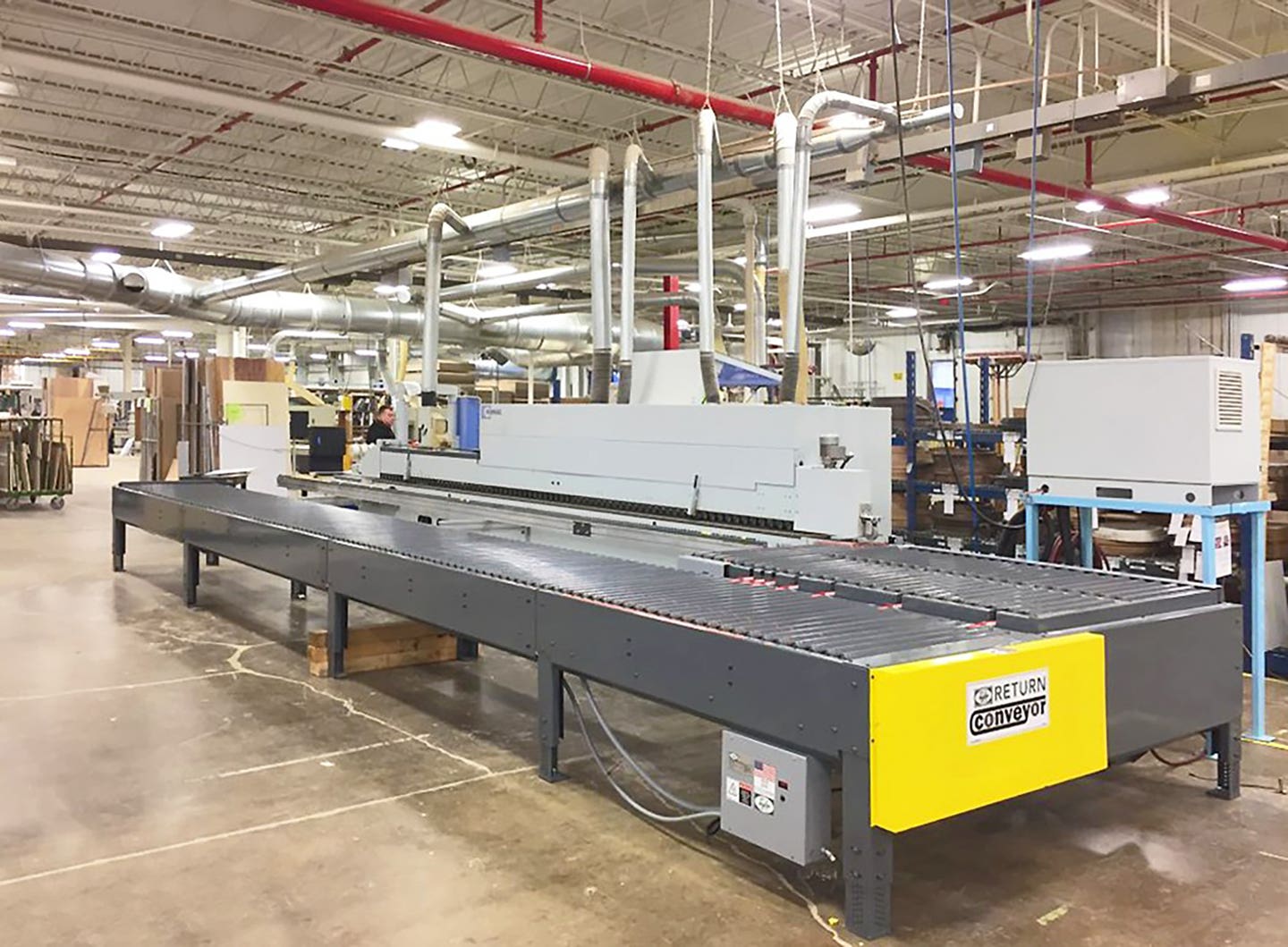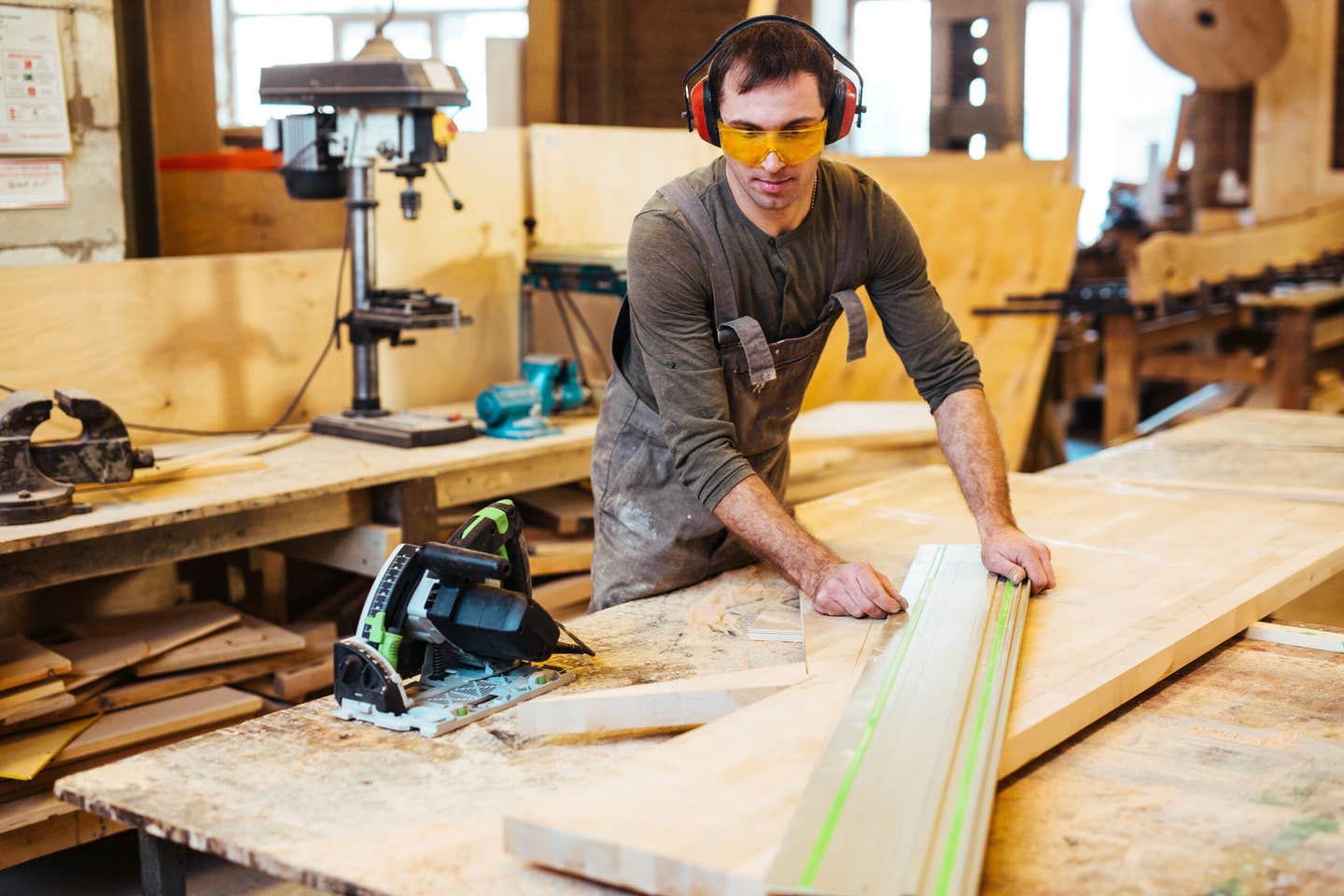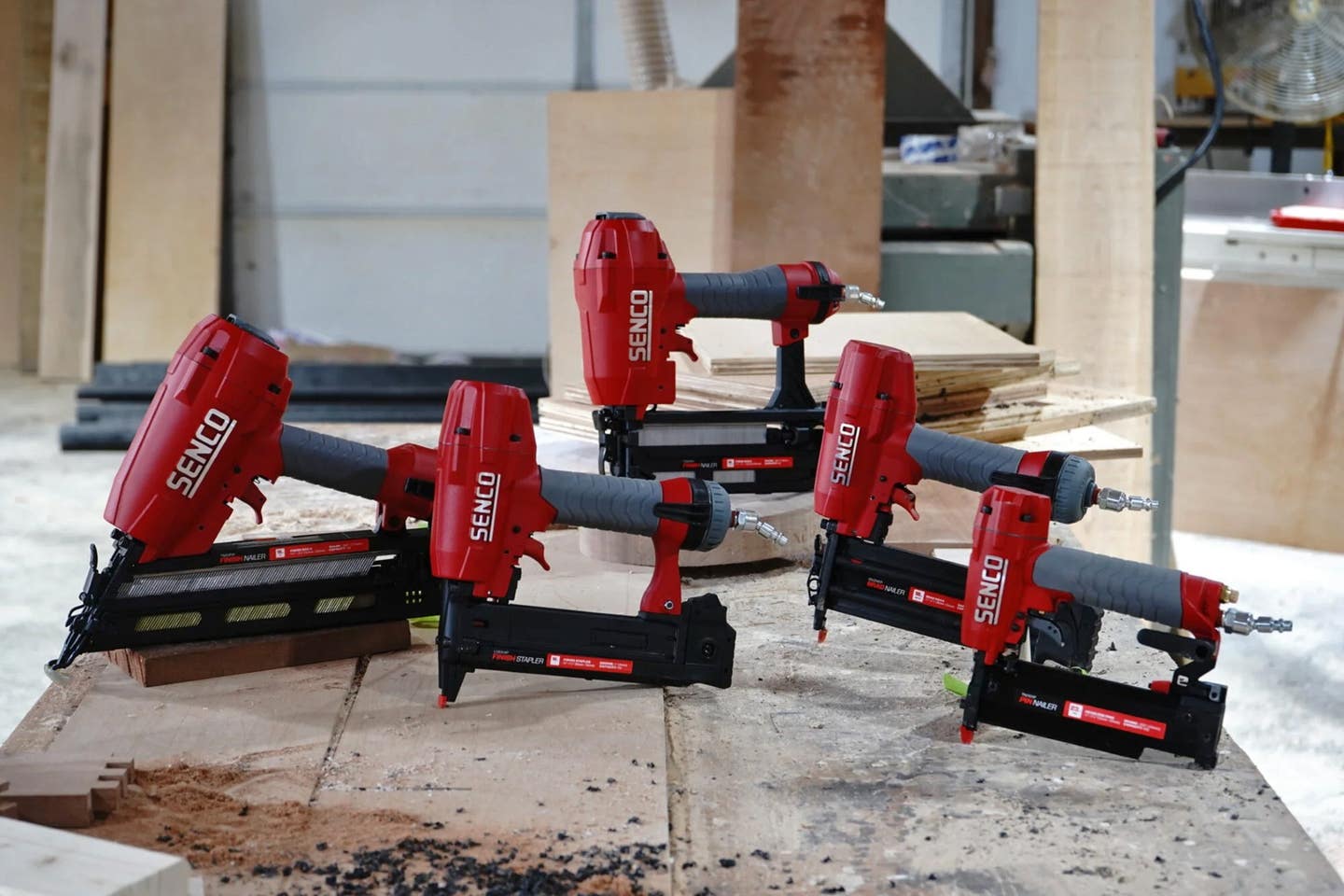An eye on outsourcing
When it comes to kitchens, what’s the difference between a big-box store and a custom cabinet shop? It’s that one word: custom. It’s the ability to change the rules, make…
When it comes to kitchens, what’s the difference between a big-box store and a custom cabinet shop? It’s that one word: custom. It’s the ability to change the rules, make things work perfectly, be creative. It’s more than aesthetics. Custom means being able to fit a kitchen to the available space, rather than the other way around. Trying to fit the room to standardized cabinet dimensions is, by its very nature, more an exercise in arithmetic than craft. The results — lots of fillers and soffits and compromises — often leave something to be desired.
Custom also means quality. It implies a handmade touch, an attention to detail that is not often found in low-end and mass-produced cabinets. When a shop is competing in a tight market, price isn’t always the issue. Customers are looking for excellence in both design and construction. While the stapled particleboard side on a big-box store drawer will often fail a few years down the road, the solid hardwood sides on a custom shop’s drawers will do their job for decades.
Quality takes time
Fortunately, today’s custom shops have a way to retain high quality and still meet production deadlines. Outsourcing components has become a big part of what we do, in large part because the new suppliers were almost all custom cabinetmakers before they became component manufacturers. They understand the market, the customers, the budgets and timetables. And, above all, they understand that custom still means quality.
Outsourced suppliers can provide cabinet doors, face frames, drawer boxes, drawer faces, even body components. Some also offer complete cabinet systems, where size is not a constraint. They can make a pantry three inches deeper than standard or an island a bit taller or shorter. They can match finishes and moldings and they can generally do it all for less money than a standard shop can do it in-house. That’s because of the legacy of Henry Ford: they have economies of scale that kick in that just aren’t available to a smaller shop. Component makers can buy material by the load and build numerous kitchens simultaneously. They also specialize. When a person only makes mitered doors every day, all day, they can become very efficient at it.
From a bottom-line perspective, perhaps the biggest benefit to outsourcing components is that these companies truly understand timelines. Most of them will deliver within two or three weeks of receiving an order. A custom shop with half a dozen craftsmen that has several jobs in the pipeline can be months behind if they’re doing everything in-house. And, in the current market, that might be a big enough backlog to jeopardize new orders. With housing starts expected to increase more than 20 percent in 2013, contractors simply won’t have time to wait three, four, maybe even six months for a custom kitchen. By outsourcing components, custom shops can dramatically cut production times and still stay competitive.
Which components can be outsourced?
The short answer is pretty much everything. In theory, a custom woodshop could very quickly become just a custom designer and installer, with a little bit of assembly required every now and then. However, that doesn’t always make economic sense. Outsourcing everything can be limiting, especially when it comes to design. Even though the larger component suppliers offer a huge range of door styles and finishes, their catalogs do have some limits.
For example, CabParts Inc. in Grand Junction, Colo., supplies 32mm-based cabinet boxes, along with drawer boxes, rollout shelves, adjustable and fixed shelves, slab-type door and drawer fronts, closet/storage/organizer systems (modular or custom) and functional hardware. The company has an extensive line of more than 1,500 standard boxes (plus custom sizing) and, like many other component suppliers, they offer heat-fused melamine panels in a wide range of colors and textures. Their parts can also be ordered with hardwood veneers on a wide variety of substrates, including MDF, plywood and various “green” cores.
Despite that huge array of options, CabParts doesn’t make traditional face frame cabinets, so shops matching existing work would need to make a lot of the kitchen in-house or shop elsewhere for some components.
Usually it’s less expensive to build the cabinet boxes in-house and just order the doors and drawers. One issue is shipping costs, which is a prime concern that has been recognized by WalzCraft in LaCrosse, Wis. They build pretty much everything that goes on the box, but they don’t build the box itself. The company manufactures custom cabinet doors, drawer boxes, moldings and many other varieties of cabinet components and accessories. They will handle orders for a single door, or a thousand doors, and build everything from range hoods to face frames. But their customers still make the boxes in-house.
The trick is to source superior suppliers and discover what each company specializes in. Creating a resource file with several manufacturers allows a shop to cover all the options and order everything it needs on short notice, but perhaps from more than one source. And this also allows a shop manager to choose what parts are going to be made in-house.
Why make any parts in-house?
Control can be an issue. For example, sometimes it’s nice to be able to dry-fit something on the job before it’s complete, especially when the project is existing construction. On older houses or commercial buildings, installers are often dealing with awkward pipe or chase placements, shallow alcoves, uneven floors or perhaps walls that are way out of plumb. Ceiling heights can be arbitrary, door openings varied and wall thicknesses unpredictable. Sometimes, it’s just easier to build a strangely configured box than to try and order it.
Matching existing casework is perhaps the main reason for keeping some work in-house. Grinding a custom molding knife or bending laminated stock for an arch or stair component could be something best done in-house and being able to make these highly prized elements is what sets a custom shop apart from the pack.
Building large and heavy cabinet carcasses in-house makes a lot of sense. Shipping and handling is not only expensive for such items, but the chances of damage and delays are higher, too. But then ordering the doors, shelves and drawers from a component supplier makes a lot of sense. All of the doors for a sizeable kitchen will usually fit on a single pallet and spending an hour unpacking them beats spending a week making them. That’s especially true when a shop has developed a relationship with a component supplier and has reached the point where the buyer feels that he/she can rely on predictable and uniform quality.
From an accounting viewpoint, there are some advantages to outsourcing, too. As the suppliers are not employees, there are no payroll taxes and paperwork or workers’ compensation costs or vacation schedules and absences to manage. There’s less inventory of raw stock to purchase and store and, consequently, less money tied up in that inventory. For example, there’s no need to maintain bunks of several species of hardwood so that the shop can offer the same door design in different woods.
With the marketing materials that are supplied by most component manufacturers, a shop can allow the end user to choose from catalogs or online images, so the cost of constantly updating a showroom is somewhat mitigated. Those savings can be used to set up a PC with rendering software that will allow a client to walk through a “complete” kitchen before a single board is planed. Most of the larger component suppliers have libraries that can be imported, showing their available edge profiles, panels, finishes, hardware and other design elements such as moldings, inlays and even lighting.
Beyond material and labor costs, there are lots of smaller savings associated with buying in components, too. For example, fewer bits and blades need to be replaced or sharpened when all the doors and drawers are being made elsewhere. Lights and heating/cooling systems in the workshop might see less use, and even finishing booth filters, sandpaper and a host of other supplies might get a little cheaper. There’s less dust to deal with, less waste to haul, fewer remnants and cutoffs to store. There are even some unquantifiable advantages such as fewer man-hours on machines or in spray booths where employees are exposed to possible harm.
And there are management cost savings, too. If nobody’s building doors, they don’t need to be supervised. Nobody has to do shop drawings or program the CNC.
There are a few very slight disadvantages to cabinet component shopping (one gives up some control and creativity), but all in all it makes a lot of sense. A woodshop can offer its customers a wider array of options that are delivered in a shorter time and do so with predictable pricing. Of course, as with all advanced technology, this option is subject to the “garbage in, garbage out” rule. Get the dimensions wrong and you’re stuck with a pallet or two of over- or undersized doors or drawers — and a significant delay.
Measure twice.
This article originally appeared in the December 2012 issue.







